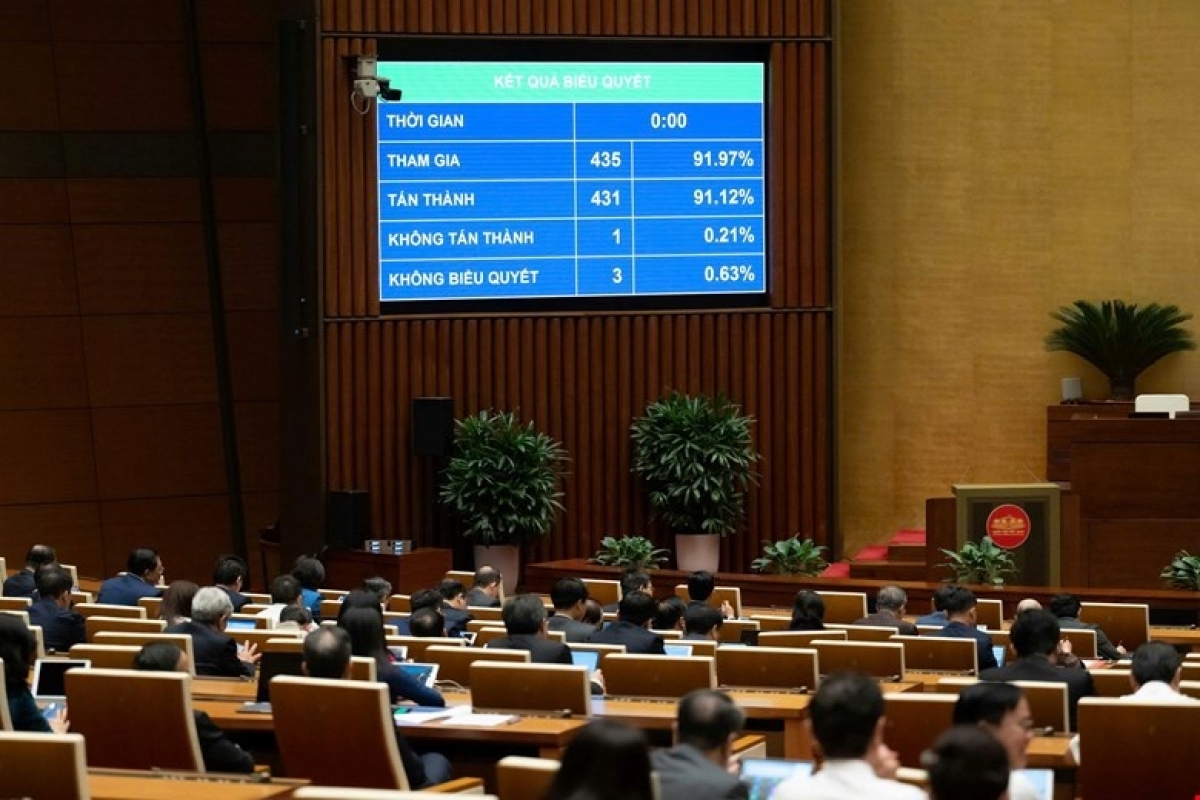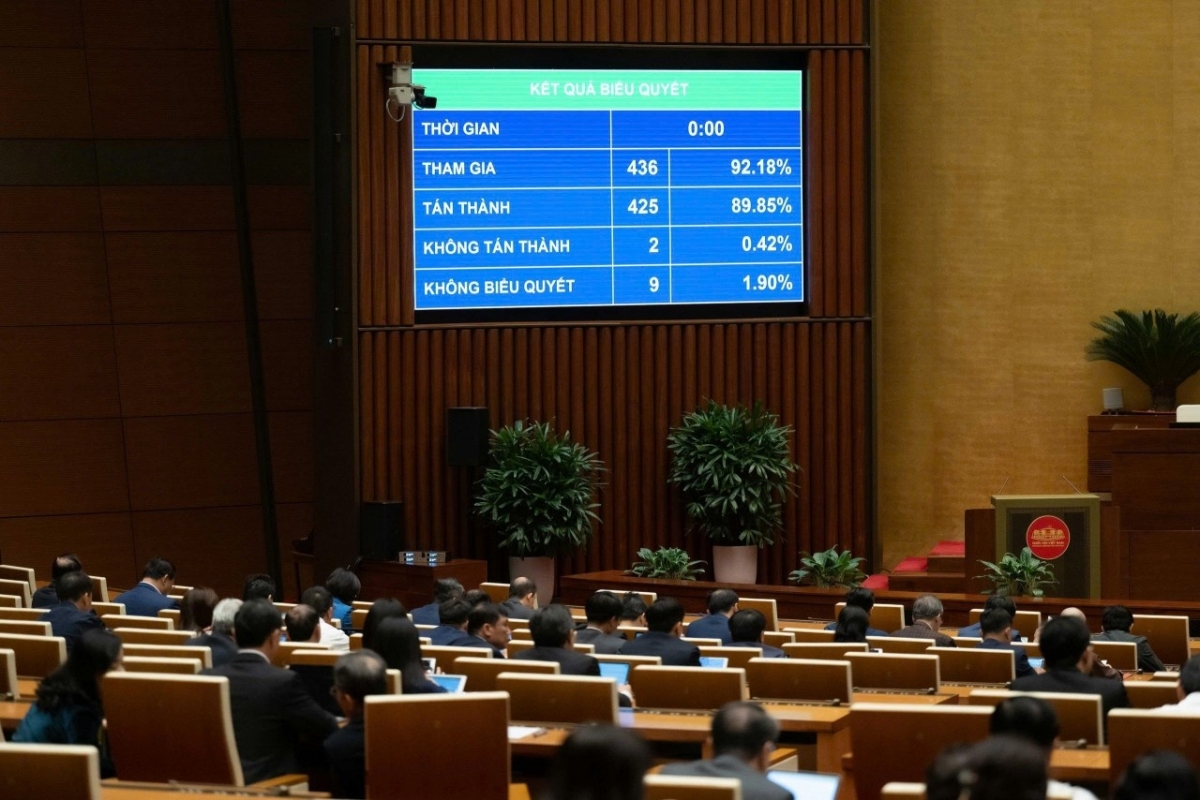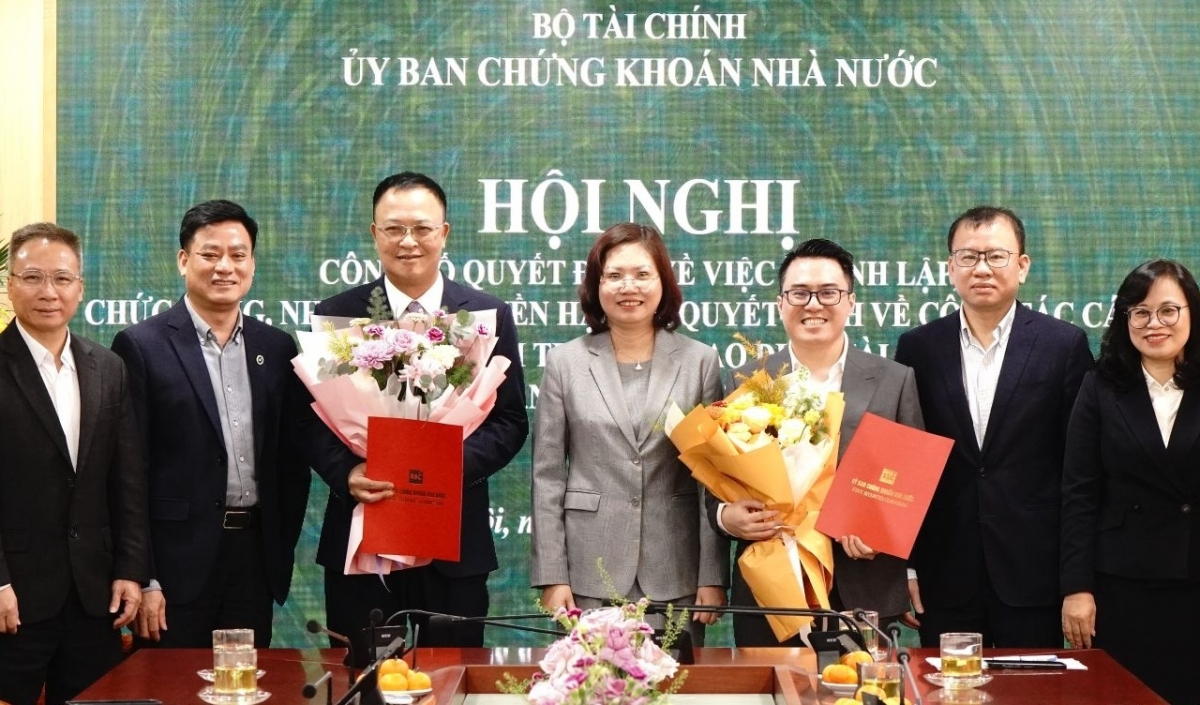INTERNATIONAL INVESTMENT
AND PORTAL
Last week’s Vietnam Motor Show showcased, perhaps, the future of Vietnam’s car market. Several new electric vehicles (EVs) were introduced to the crowds, some of which could end up on the country’s roads in the near future.
At the Ho Chi Minh City event, Audi Vietnam’s booth featured the launch of the EV version of an Audi SUV, following in the footsteps of the Audi GT, launched in July.
EVs are at the forefront of Audi’s strategy in the coming years, the company said, and more than 20 models are planned to be available by 2025.
Laurent Genet, general director of Audi Vietnam’s official importer, said, “All Audi products launched from now onwards are aimed at environmental protection.”
Mercedes-Benz’s booth introduced the most advanced EQS electric luxury sedan, with a travel range of up to 770km per charge, while Toyota introduced its first global EV, the bZ4X.
At a seminar on green technology for reducing emissions and protecting the environment at the Vietnam Motor Show 2022, Mercedes-Benz said that over the next few years, customers will be able to choose from a range of electric models in its product line. For all segments from SUVs and sedans to the super luxury Mercedes-Maybach, the brand has already built up a roadmap to produce and launch EVs in the near future.
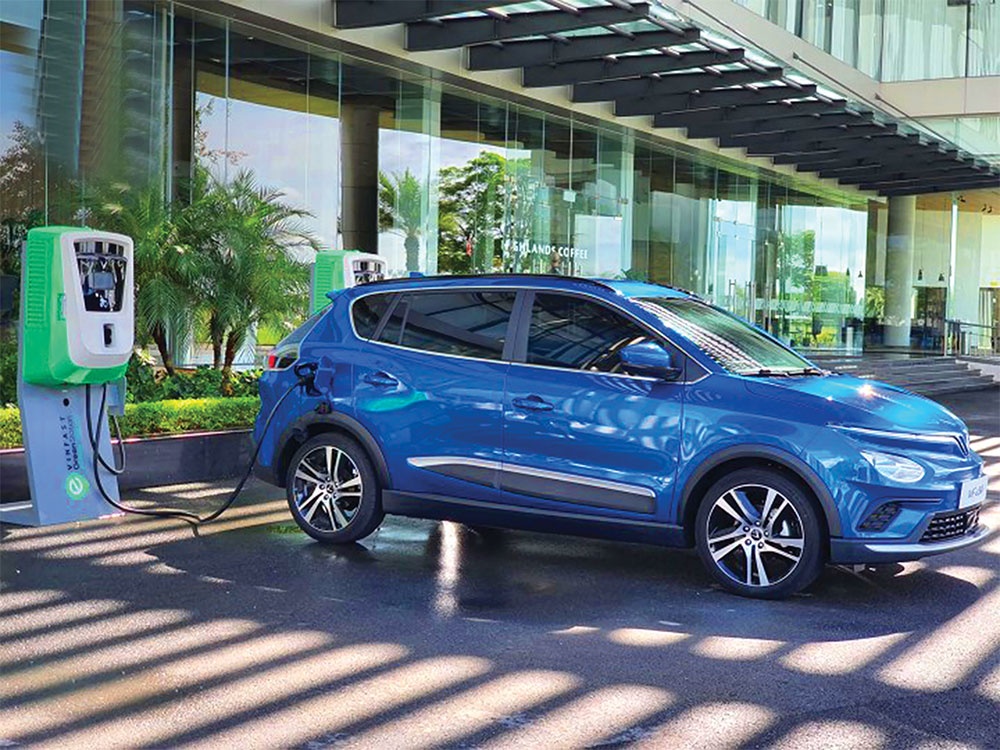 Vietnam needs to drastically up its charging station game in order to capitalise on e-vehicle usage, photo Le Toan
Vietnam needs to drastically up its charging station game in order to capitalise on e-vehicle usage, photo Le Toan
Converting to green
In 2021, at the same time as 147 countries committed to net-zero greenhouse gas emissions, six car manufacturers pledged to stop producing petrol cars by 2040 – Volvo, Ford, General Motors, Mercedes-Benz, BYD, and Jaguar Land Rover.
In July this year, Vietnamese Prime Minister Pham Minh Chinh signed Decision No.876/QD-TTg approving an action programme to convert to green energy and reduce carbon and methane emissions across the country’s transportation industry. Under the decision’s roadmap to 2040, there will be a gradually decreased limit and halt to the production, assembly, and import of cars and motorbikes using fossil fuels for domestic use.
By 2050, it is hoped that 100 per cent of cars and motorbikes participating in traffic will be converted to electricity and green energy. According to the Ministry of Transport, EVs would go some way to help solve the problem of air pollution in the transport sector.
The world in general has made great leaps and bounds in terms of the EV vehicle market in recent years. The number of EVs reached 17 million last year globally, an increase of 2.5 times compared to 2019.
In Vietnam, according to the Vietnam Register, by August 2022 the country boasted nearly 3,000 electric cars assembled and imported, an increase of more than 20 times compared to the 2019 figure. The whole country also has nearly 1.8 million electric motorbikes and scooters in operation.
Regarding the plans to convert and develop EVs, deputy director of the Department of Transport in Ho Chi Minh City, Bui Hoa An, said that the city is currently trying to coordinate with the a German agency to develop an action plan to make some progress on the issue.
“It is necessary and urgent to implement solutions according to the roadmap to realise the goal of developing a green transport system for the country’s net-zero targets by 2050,” An confirmed.
An said the city has issued such a plan to respond to climate change for 2021-2030, with a vision to 2050, setting a goal of reducing emissions by 10 per cent by the end of this decade and moving towards a low-carbon economy. This includes sustainable solutions to encourage the use of renewable energy sources and clean energy in transportation.
However, An mentioned that one of the most concerning issues relates to policies, infrastructure, and markets to develop EVs and, in particular, the development of infrastructure for charging stations for such vehicles. “If charging station infrastructure cannot be completed, we simply cannot talk about developing EVs efficiently,” said An.
Suitable charging strategy
Dao Cong Quyet, a representative from the Vietnam Automobile Manufacturers Association, said that due to the characteristics of Vietnam, most families are not eligible to install charging stations at home even though it is a common form of charging elsewhere. Electricity consumption to charge EVs requires Vietnam’s electricity supply to increase considerably.
“To popularise EVs, the price is also an important factor. By 2020, the direct cost of producing an EV hit 45 per cent higher than that of a vehicle with a traditional engine. However, it is expected that by 2030, this number will be narrowed to about 9 per cent,” Quyet said.
At an October workshop on development towards greener transportation, VinFast charging station director Vu Thang said the development of EVs will depend on three main factors – the legal framework, the country’s supportive policies, and synchronous infrastructure to encourage people to switch to such vehicles.
“Unlike electric scooters that can be charged at home, in order for electric cars to be sold and used widely, it will be necessary to build synchronous infrastructure in many localities. To encourage businesses to build charging stations, more specific support policies are needed,” said Thang.
ABB has participated in the mobility market since 2010 and currently has the largest installation of EV chargers in the world. “While the charging infrastructure in Vietnam is limited, ABB’s diverse solutions such as efficient high-capacity chargers can help reduce charging time and stroking at charging points,” said Hien Doan Van, vice president of ABB Vietnam. “Our home charging solutions also offer user the autonomy and reduce reliance on the public network. We also help develop an ecosystem of charging networks, which include a network management system.”
Meanwhile, policies to encourage the development of EVs in Vietnam are still very few. So far, the segment has only received preferential rates such as excise tax and registration fees. There are not many sets of standards, general regulations, or infrastructure for electric vehicle charging stations, said Thang from VinFast, who added that the company is having to apply its own standards based on international equivalents.
Pham Tuan Anh, deputy director of the Department of Industry under the Ministry of Industry and Trade, said that the development strategy for the automobile industry was approved in 2014, but things have changed a lot now.
“In the coming time, the ministry will propose to amend the strategic strategy for the development of the automobile industry in line with the goal of green energy transformation in the transport sector,” he shared.
Patrick Haverman - Deputy resident representative in Vietnam, United Nations Development Programme
To promote e-mobility in Vietnam, three key points need to be addressed. Firstly, EVs and green transport are considered a promising technology and an attractive solution for low-carbon transport and critical for reaching objectives of green energy transition in transport sector and the commitment of net-zero emissions by 2050. A growing number of countries have pledged to phase out internal combustion engines or have ambitious vehicle electrification targets for the coming decades and establishing the EV as a future mode of transport.
The good news is the global EV market is very dynamic and sales doubled in 2021 from the previous year to a record of 6.6 million. Nearly 10 per cent of global car sales were electric in 2021. The e-vehicle markets in China, the United States, and Europe show robust growth. In Vietnam, we are also witnessing the opening up of the EV market.
Secondly, promotion requires a set of policies and regulations for vehicles, associated infrastructures, manufacturing, safety requirements, and an enabling environment for public-private partnerships. The government should accelerate action to overcome the current obstacles of infrastructure. Fiscal incentives also take up a vital role for piloting and scaling up electrification transport models. Raising awareness to widen social acceptance also contributes to the success of the transition.
Thirdly, the implementation of the action programme for the green energy transition requires that the government, development partners, private sectors, and other stakeholders work together to contribute for electric mobility and reducing emissions. We have witnessed private sector investments and contributions, and that should be expanded and replicated nationwide.
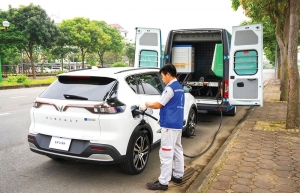 Standardised charging a must for adoption of e-cars
Standardised charging a must for adoption of e-cars
Vietnam is boosting the production of electric vehicles, with a rise in investment for related infrastructure. However, a lack of standards for charging systems may be holding back ambitions for this type of means of transport to dominate the market.
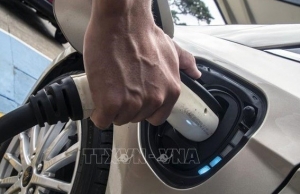 Efforts needed to encourage travellers to use e-vehicles
Efforts needed to encourage travellers to use e-vehicles
A legal framework, support policies and a concerted infrastructure system are needed to encourage people to switch to using electric vehicles, according to Director of VinFast’s charging station development centre Vu Thang.




